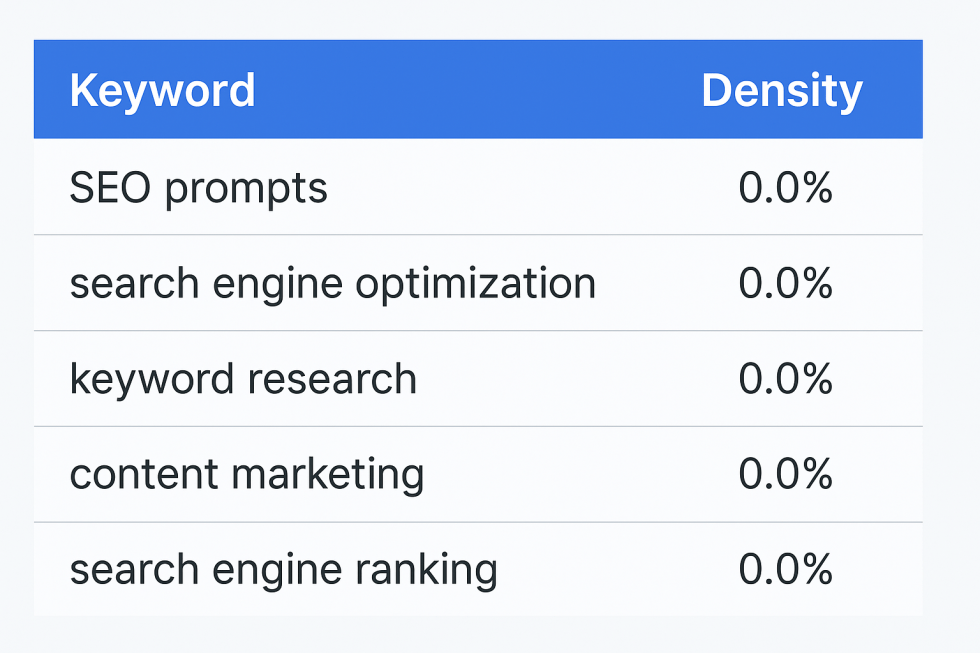
Introduction
When it comes to SEO, backlinks and referring domains are two of the most talked-about ranking factors. But for many business owners, bloggers, and even marketers, the two terms can feel confusing. Aren’t they basically the same thing?
Not quite.
Backlinks and referring domains are related, but they measure very different things. And if you don’t understand the difference, you could end up chasing the wrong goals in your SEO strategy.
In this guide, we’ll break down the difference between backlinks and referring domains, why both matter, how to balance your efforts, and what real-world case studies can teach us about building a winning link-building strategy.
What Are Backlinks?
A backlink is a hyperlink from one website to another. Backlinks are often referred to as “inbound links” or “external links.”
Imagine that an industry blog mentions your business in one of their articles and links to your homepage. That’s a backlink.
Why Backlinks Matter
-
Authority Boost: Google views backlinks as “votes of confidence.” If reputable sites link to your content, it signals that your content is valuable.
-
SEO Rankings: Backlinks remain one of Google’s top ranking factors. Pages with more backlinks often rank higher.
-
Referral Traffic: Beyond SEO, backlinks can drive visitors directly from other websites to yours.
What Are Referring Domains?
A referring domain is the unique website that your backlink comes from. For example:
-
If MarketingBlog.com links to your site 10 times, that counts as 10 backlinks but just 1 referring domain.
-
If MarketingBlog.com, SEOHub.net, and BizInsider.org each link to you once, you have 3 backlinks and 3 referring domains.
Why Referring Domains Matter
-
Diversity of Trust: Search engines want to see that multiple independent sources find your site valuable.
-
Natural Profile: Dozens of backlinks from the same site look less natural than having a wide variety of sites linking to you.
-
Algorithm Signals: Studies show that referring domains correlate more strongly with rankings than raw backlink counts.
Backlinks vs Referring Domains: Key Differences
Here’s a simple way to think about it:
-
Backlinks measure volume.
-
Referring domains measure diversity.
Comparison Table
| Factor | Backlinks | Referring Domains |
| **Definition** | Number of links pointing to your site | Number of unique websites those links come from |
| **Example** | 5 links from one site = 5 backlinks | 5 links from one site = 1 referring domain |
| **SEO Impact** | Improves authority but with diminishing returns from the same site | Strongly improves authority and trust with Google |
| **Best Practice** | Secure quality links on relevant sites | Prioritize diversity of referring domains |
Case Study 1: The Startup Blog with 5,000 Backlinks but Low Rankings
A SaaS startup invested heavily in PR and got featured multiple times on one large tech news site. The result? Over 5,000 backlinks from that single publication.
But their rankings barely moved.
Why? Because despite the huge number of backlinks, they only had 1 referring domain. Google essentially saw it as one source of validation—not thousands.
This shows why chasing backlink volume alone is not enough.
Case Study 2: The Agency with 100 Referring Domains and Skyrocketing Rankings
A digital marketing agency focused on publishing high-value guest posts across 100 different industry blogs. Each site linked back once or twice.
Within six months:
- <span style="font-weight: 400;">Their site grew from 10 referring domains to over 100.</span>
- <span style="font-weight: 400;">Organic traffic increased by 240%.</span>
- <span style="font-weight: 400;">They landed several first-page rankings for competitive keywords.</span>
The key wasn’t raw backlink count—it was expanding their referring domain portfolio.
How Google Looks at Backlinks and Referring Domains
Search engines evaluate both metrics, but here’s the nuance:
-
Referring domains = stronger trust signals.
-
Backlinks = reinforcement of that trust.
Think of it like this:
-
One friend recommending a restaurant 100 times isn’t as persuasive as 100 friends each recommending it once.
-
But if those 100 friends start recommending it multiple times each, it reinforces the message further.
Google applies a similar logic.
How to Build Both Backlinks and Referring Domains
A smart SEO strategy builds quantity AND diversity.
1. Guest Posting
-
Reach out to niche blogs and offer to contribute a guest post.
-
Each guest post often provides one or two high-quality backlinks from new referring domains.
-
Example: If you write for SEOJournal.com, that’s a new referring domain.
2. Digital PR
-
Get mentioned in press outlets through HARO (Help A Reporter Out) or PR campaigns.
-
Even a single feature can earn multiple backlinks and often from high-authority domains.
3. Resource Pages & Directories
-
Many universities, local chambers of commerce, and professional organizations maintain resource pages.
-
A listing here provides a valuable referring domain.
4. Skyscraper Technique
-
Create the best resource on a topic.
-
Reach out to sites linking to outdated or weaker content.
-
Ask them to replace their link with yours.
Best Practices: Balancing Backlinks and Referring Domains
-
Prioritize new referring domains. Each new domain adds significant SEO value.
-
Encourage multiple backlinks over time. Once you have a domain, aim to build a relationship so they link to you again naturally.
-
Avoid spammy links. Hundreds of low-quality backlinks from irrelevant sites can harm your rankings.
-
Monitor your profile. Use tools like Ahrefs, SEMrush, or Moz to track both metrics.
Suggested Visuals (for blog layout)
-
Infographic: “Backlinks vs Referring Domains” side-by-side comparison.
-
Diagram: One site linking 10 times vs 10 different sites linking once.
-
Case Study Snapshot: Before/after graphs of traffic growth tied to referring domain increase.
-
Chart: Correlation between referring domains and higher rankings (based on Ahrefs data).
Conclusion
Backlinks and referring domains are two sides of the same SEO coin.
-
Backlinks give you volume.
-
Referring domains give you credibility and trust.
If you want to climb the rankings, focus first on growing the number of unique domains linking to you, then strengthen those relationships for additional backlinks over time.
The smartest strategy isn’t choosing one or the other—it’s balancing both.
By diversifying your referring domains and building consistent backlinks, you’ll create a natural, powerful link profile that search engines trust—and your rankings will reflect it.
Table of Contents
📧 Stay Updated
Get the latest web development tips and insights delivered to your inbox.




